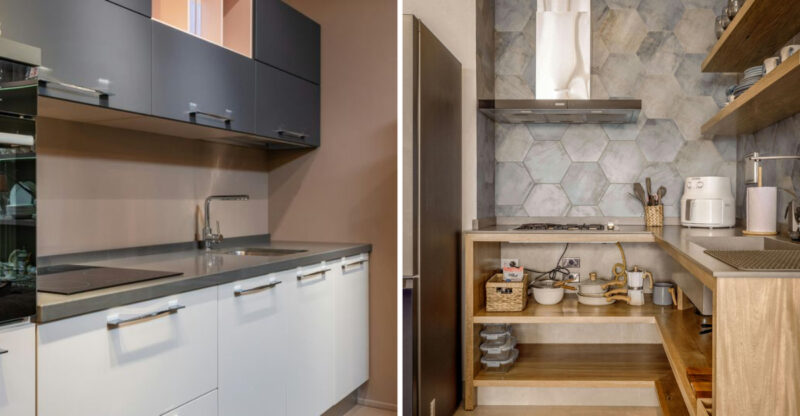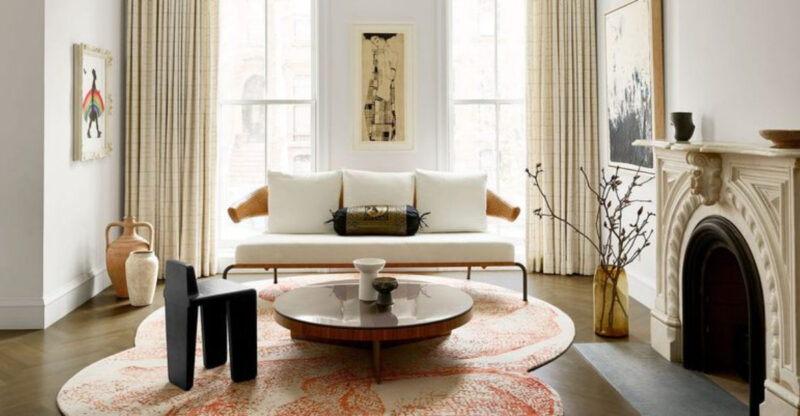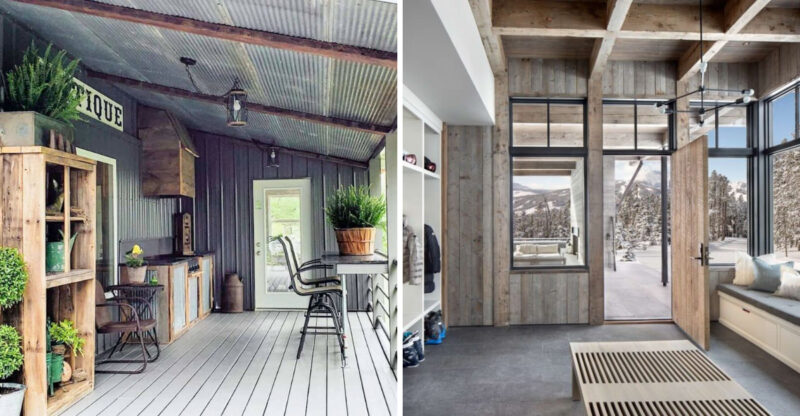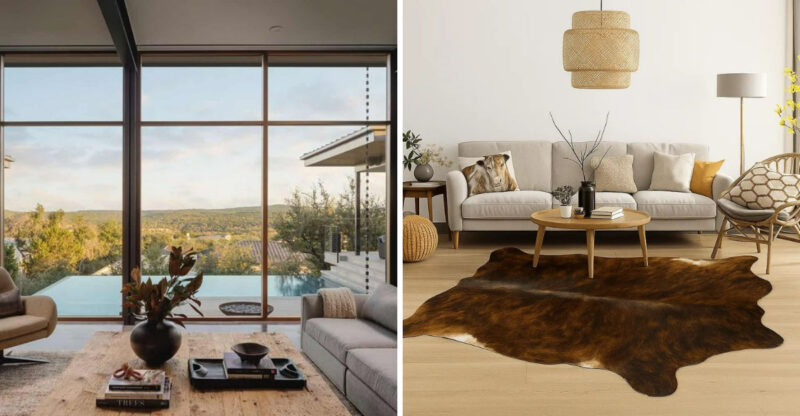20 Dining Room Features That Are Always Eyesores, According To Experts
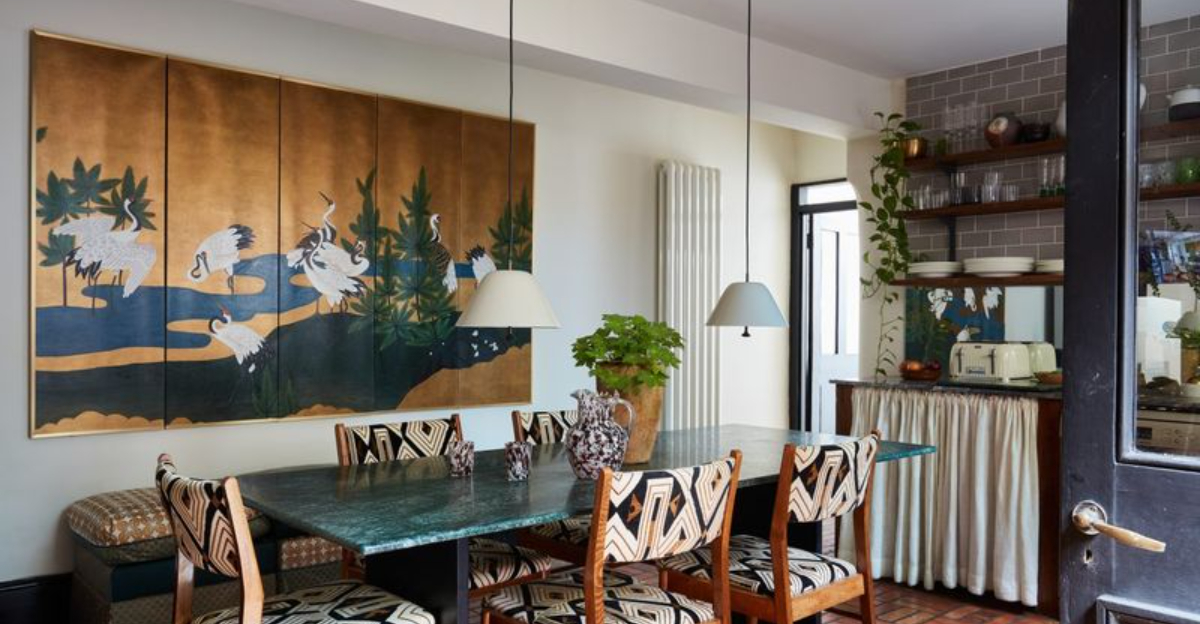
Dining rooms should be welcoming spaces where family and friends gather for meals and memories. Unfortunately, some design choices can turn these rooms into visual disasters.
As a designer who’s seen it all, I’m spilling the beans on what makes professionals cringe when walking into dining spaces.
Ready to check if your dining room has any of these design faux pas? Let’s explore the features experts unanimously agree are total eyesores.
1. Mismatched Dining Chairs
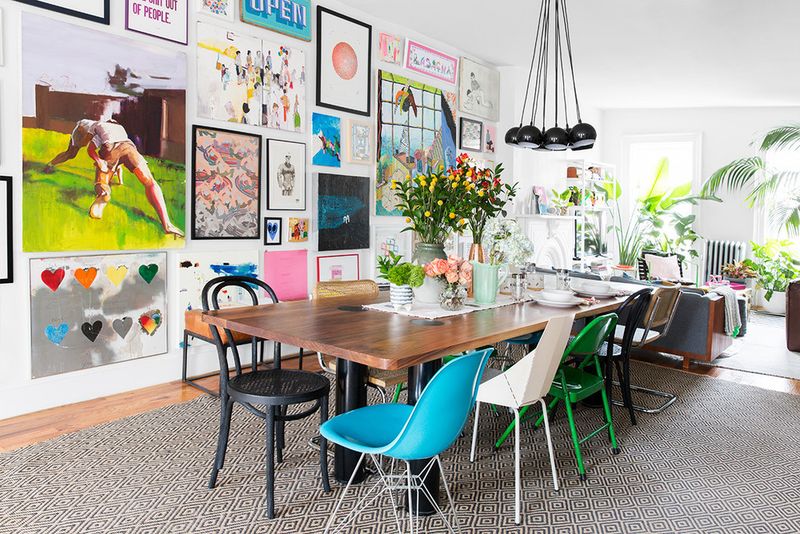
Nothing screams “I gave up halfway” like dining chairs that clash with each other. While eclectic styling has its place, randomly assembled chairs from different eras, heights, and materials create visual chaos. And your goal should be intentional design.
Your guests shouldn’t feel like they’re playing musical chairs to avoid the wobbly one or the uncomfortably low seat. Aim for cohesion through similar silhouettes, complementary colors, or matching upholstery to create harmony.
2. Oversized Chandeliers
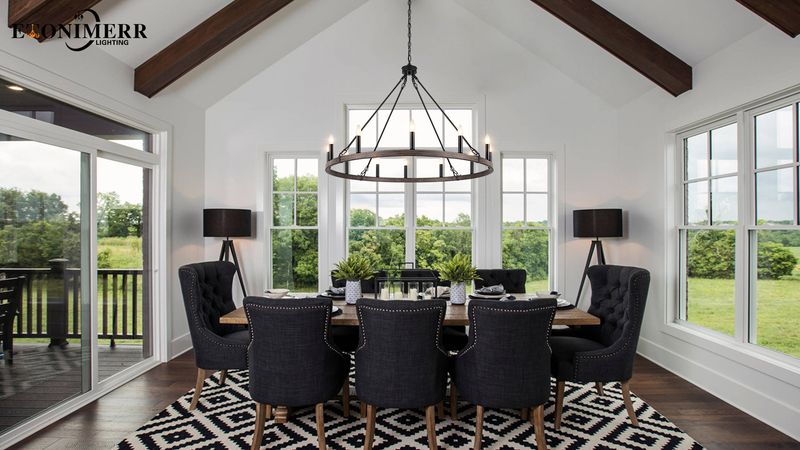
Bigger isn’t always better when it comes to lighting fixtures. Those massive, statement chandeliers might look fabulous in showrooms with vaulted ceilings. However, in average homes, they become space-dominating monsters.
When your guests need to crane their necks or duck to see each other across the table, you’ve gone too far. Scale matters tremendously! A properly sized chandelier should enhance conversation, not block it or make diners fear it might crash onto their plates during dessert.
3. Plastic Table Covers
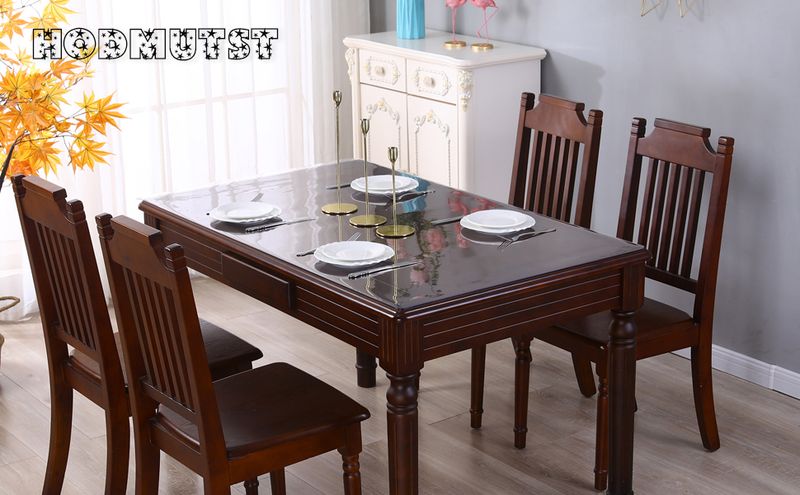
Though practical for homes with small children, transparent plastic tablecloths scream “grandma’s house in 1975” and instantly cheapen any dining space. The crinkly sound alone is enough to diminish appetite!
Moreover, these coverings yellow over time and collect condensation underneath, creating an unwelcoming, clingy surface. Instead, consider washable tablecloths or placemats for daily use, saving your beautiful table from damage while maintaining style.
4. Cluttered China Cabinets
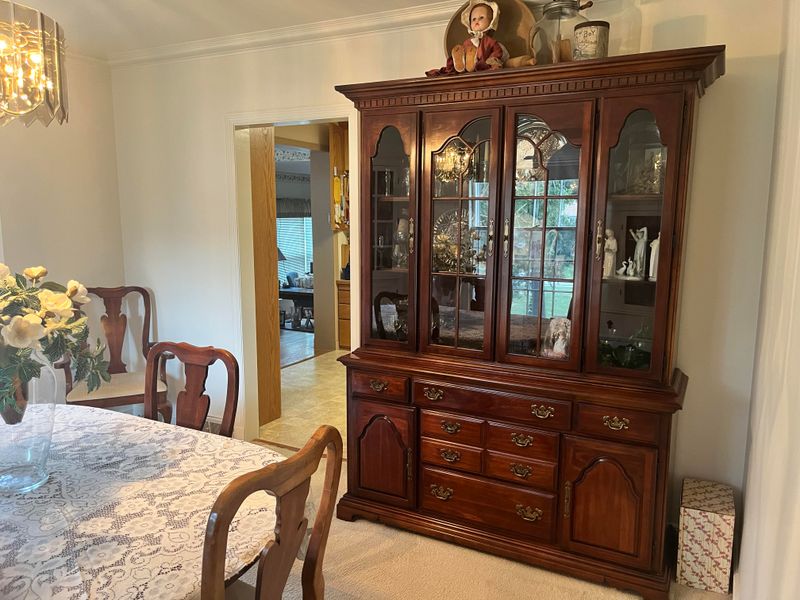
Think your china cabinet looks like an elegant display or a cluttered museum exhibit? When every wedding gift, holiday plate, and ancient teacup fights for the spotlight, it’s less ‘wow’ and more ‘whoa, slow down!’ Instead of trying to show it all at once, rotate your treasures seasonally and give each piece some room to breathe. Remember, when everything shouts, nothing whispers. Curated elegance beats porcelain hoarding any day!
5. Bulky Dining Sets
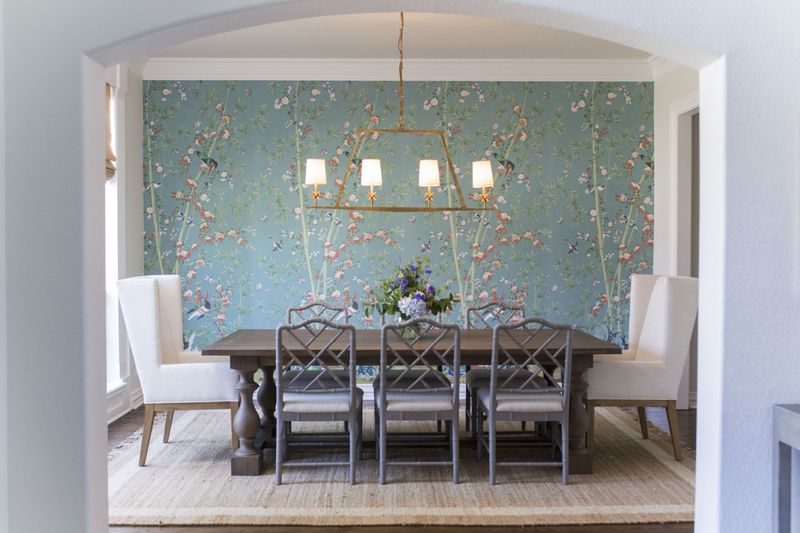
Those massive dining sets with chunky chairs, ornate detailing, and tables the size of aircraft carriers overwhelm average dining spaces. Heavy, dark wood pieces with carved details might seem impressive in showrooms but turn modest rooms into cramped obstacle courses.
Space to move is essential for comfort! Choose appropriately scaled furniture that allows at least 36 inches of clearance around the table.
Your dining room should accommodate people, not just furniture. Guests shouldn’t need to shimmy sideways to reach their seats.
6. Word Art Everywhere
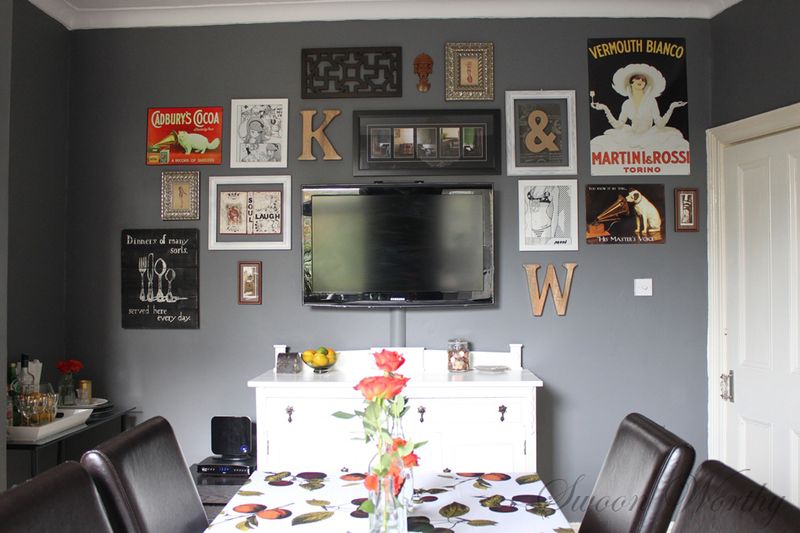
“Gather,” “Eat,” “Family”…we know what happens in dining rooms without literal signage! The proliferation of typography-based decor has reached epidemic proportions, particularly those cursive phrases telling us to live, laugh, love while we eat.
Such obvious statements underestimate your guests’ intelligence. If your walls need to speak, let them say something personal or artistic instead.
Quality artwork, photographs, or even an elegant mirror will elevate your space far more than mass-produced phrases from discount stores.
7. Rug-less Hardwood
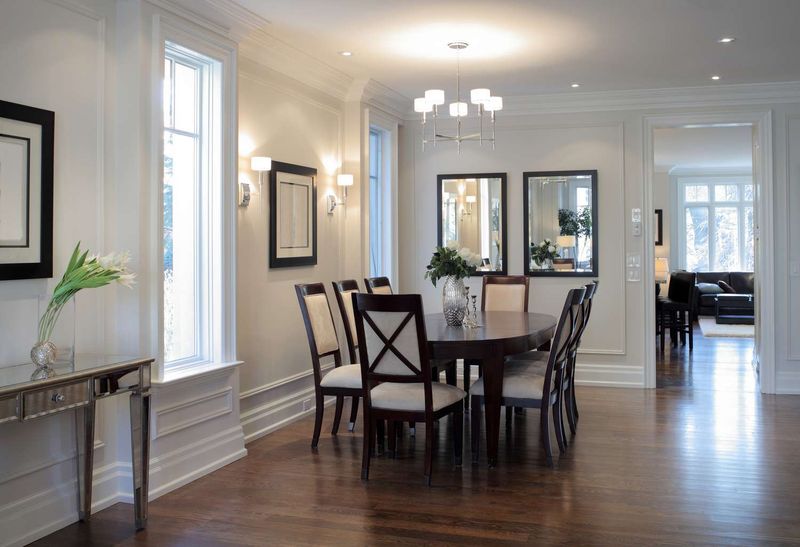
Bare floors beneath dining tables create acoustic nightmares. Every scrape of chair legs, dropped utensil, and footstep echoes dramatically, turning dinner conversation into a shouting match over ambient noise.
Beyond acoustics, rugless dining areas often feel unfinished and cold. A properly sized rug (extending at least 24 inches beyond table edges) anchors the space, protects flooring, and adds necessary softness.
Just ensure it’s flat-weave or low-pile for easy cleaning, because dining and spills go hand in hand.
8. Matching Furniture Sets
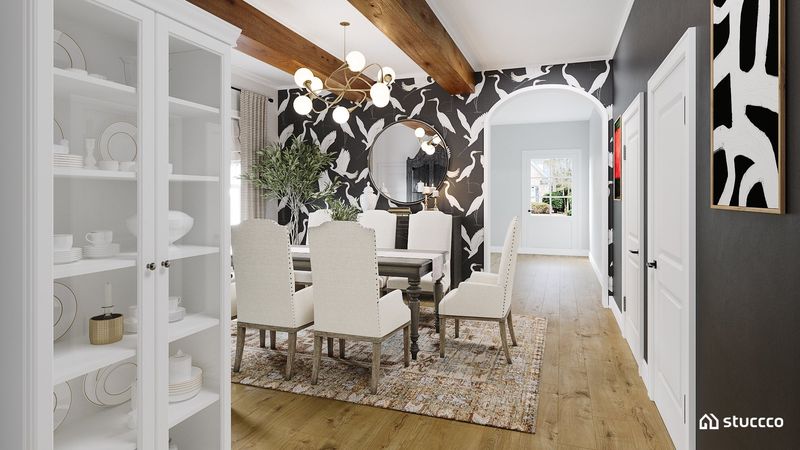
The dining room “suite” purchased entirely from one showroom display creates that uninspired catalog look that designers avoid. When everything matches perfectly, table, chairs, buffet, china cabinet, the room lacks personality and appears as though no actual thought went into its creation.
Intentional design comes from thoughtful curation over time. Mix complementary pieces rather than identical ones for a collected, personal feel.
Make your dining room tell your story, not the furniture store’s quarterly sales narrative.
9. Insufficient Lighting

Relying solely on a central chandelier creates harsh shadows and uneven illumination that’s unflattering for both food and faces. Good dining room lighting requires layers, not just that statement fixture centered above the table.
Wall sconces, buffet lamps, or recessed lighting create dimension and ambiance. Dimmers are non-negotiable for flexibility between bright family dinners and intimate evening meals.
Remember, proper lighting makes food look more appetizing and conversations flow more easily.
10. Uncomfortable Dining Chairs
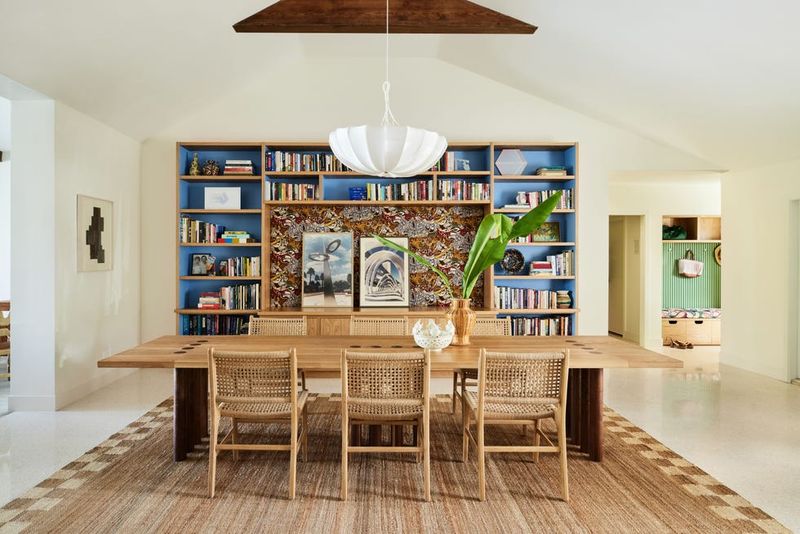
Think those Instagram-worthy dining chairs with no padding and stiff backs are all style and no substance? They might look stunning, but they’ll have your guests escaping faster than a burnt soufflé!
Comfort isn’t optional when people linger for hours. That’s why you should always test chairs by sitting for at least 20 minutes.
A chair that supports good posture and offers cushioning will be remembered long after your perfectly styled tablescape.
11. Fake Plants Gathering Dust
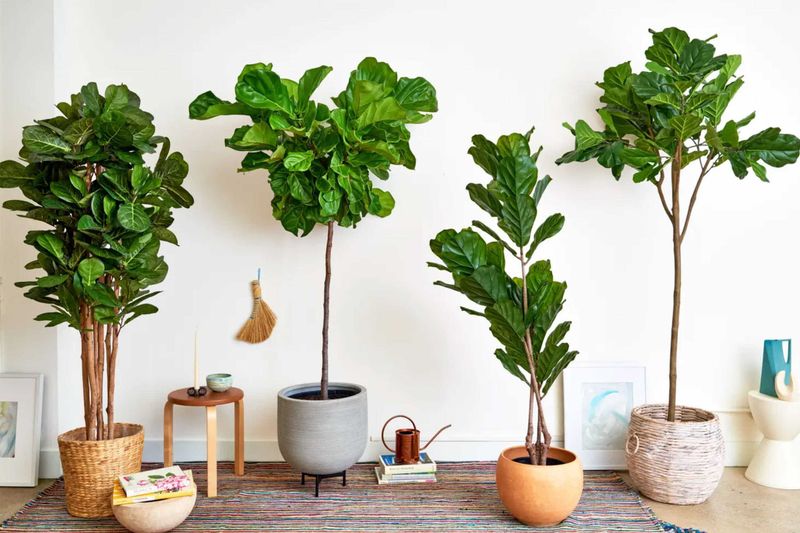
I once helped a client transform her cluttered living room, and those dusty silk arrangements were the first things to go. Despite their good intentions, the plastic greenery had become a magnet for dust and looked more like forgotten decorations than fresh accents.
We swapped them out for easy-care succulents and fresh flowers, and the difference was immediate. Suddenly, the room felt alive and inviting.
Even a simple bowl of seasonal fruit added warmth and authenticity that no fake plant could match. It’s amazing how small changes like that can completely refresh a space!
12. Too-Small Area Rugs
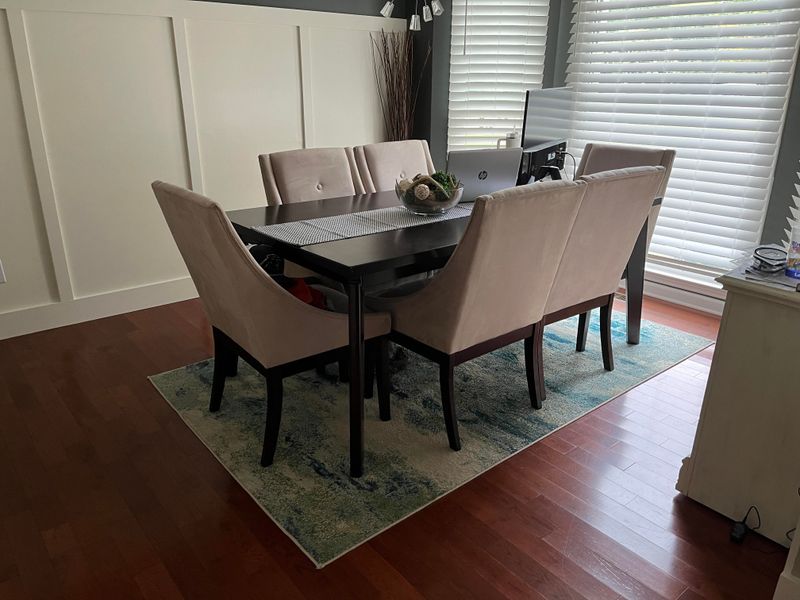
That postage stamp-sized rug centered under your dining table but not extending beyond the chairs creates a floating island effect that’s visually jarring. When chairs are pulled out, they catch on the rug edge, causing wobbling, tripping, and frustration.
Proper dining room rugs should accommodate all chairs even when pulled out for seating. This typically means extending at least 24 inches beyond the table edge in all directions.
Size matters tremendously here! An undersized rug makes the entire room feel off-balance and poorly planned.
13. Overcrowded Sideboards
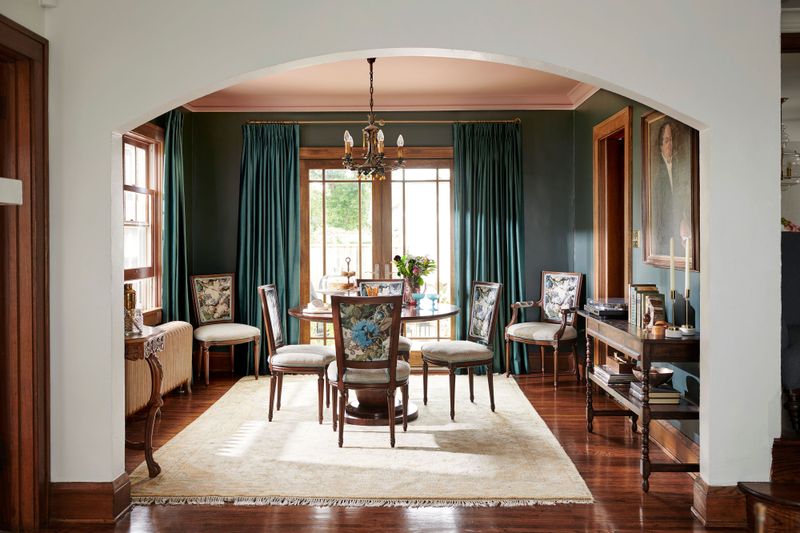
Sideboards aren’t storage units for every random household item. When these pieces become cluttered catchalls for mail, keys, homework, and miscellaneous objects, they destroy the dining room’s sense of purpose and elegance.
A well-styled sideboard should contain only items related to dining or entertaining. Think serving pieces, linens, candles, or a few decorative elements.
Clear the random debris and maintain this surface as intentionally as your dining table. It’s equally visible and important to the room’s overall impression.
14. Outdated Wallpaper Borders
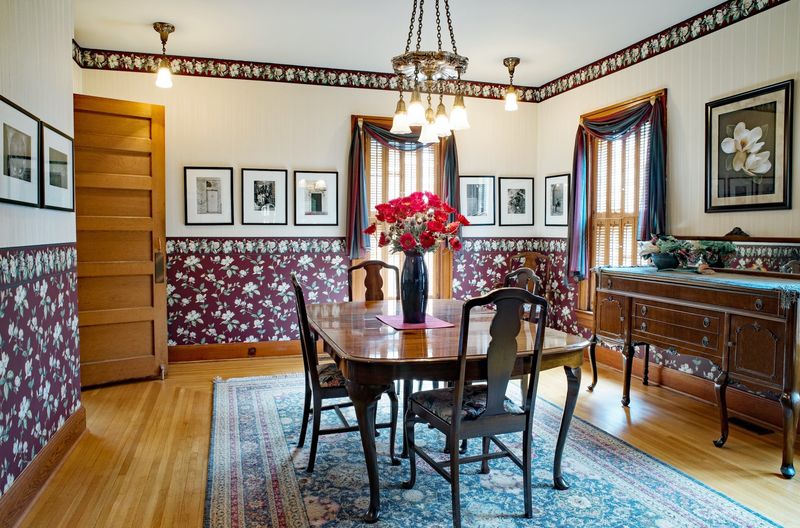
Remember those skinny wallpaper borders wrapping around your dining room walls like an unwanted 1990s time capsule? Especially the geese, hearts, country blues, or fruit patterns that screamed suburban chic decades ago.
Those borders don’t just date your space, they break up the visual flow and spotlight awkward transitions instead of your best decor. For a polished look, stick to clean, consistent walls.
If you want pattern or color, go big with full wallpaper or keep walls neutral and let your art do the talking.
15. Poor Proportion Artwork

Tiny frames lost on vast walls or oversized pieces that dominate the space create uncomfortable visual tension. Artwork that’s incorrectly scaled for its wall is like wearing clothes three sizes too small or too large. It simply doesn’t work regardless of quality.
For dining rooms, artwork should be proportionate to the wall space and furniture below it. Generally, pieces should be approximately two-thirds the width of the furniture they hang above.
Height matters too! Center artwork at eye level for seated diners rather than standing height in this particular room.
16. Visible Table Leaf Gaps

Extended dining tables with visible gaps, misaligned surfaces, or exposed mechanisms scream “temporary setup” rather than thoughtful design. Those cracks between leaves catch crumbs, interrupt tablecloths, and create an unstable surface for glassware.
Quality expandable tables should lock securely with minimal visible seams. If your table shows obvious gaps, consider a table runner positioned strategically or invest in proper leaf locks.
For special occasions, a well-fitted tablecloth can disguise issues while protecting the surface.
17. Themed Dining Rooms
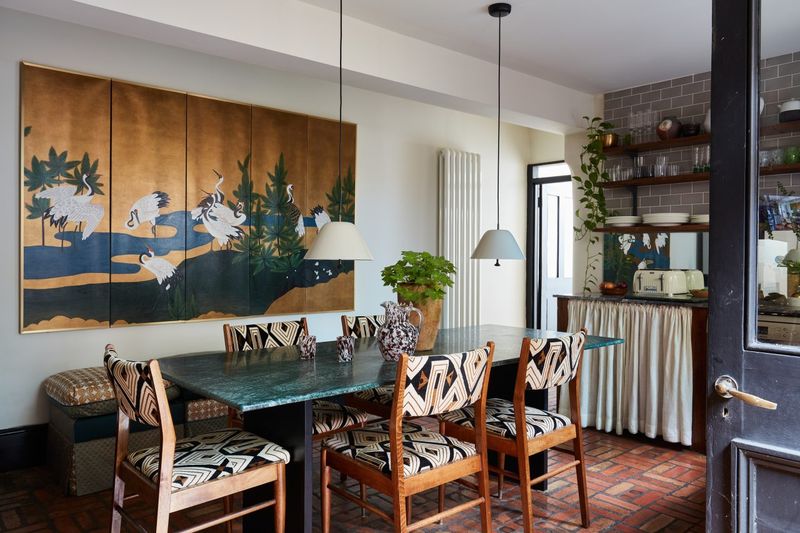
Unless you’re running a themed restaurant, your Tuscan villa/underwater paradise/wild west saloon dining room is likely making guests uncomfortable. Heavily themed spaces quickly become dated and often feel forced rather than sophisticated.
Subtlety works wonders in design! Instead of going all-in on a theme, incorporate elements you love as accents against a more timeless backdrop.
Your Tuscan-inspired space will feel more authentic with quality materials and thoughtful touches rather than grape-motif everything.
18. Ceiling Fans With Lights
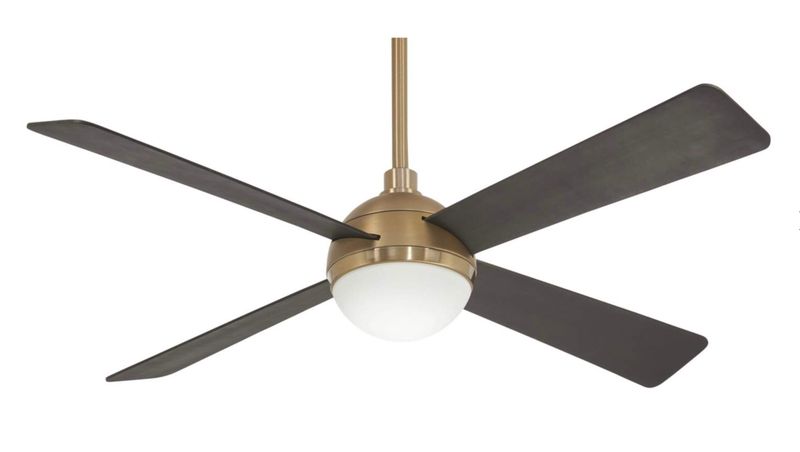
Ever wonder why those combo ceiling fan and light fixtures with faux wood blades and frosted glass bowls drain your dining room’s vibe? They might work in other rooms, but over the table, all that spinning and harsh light is distracting.
Plus, dust loves to settle on those blades. Dining lights should be steady and focused on your food, not on the fan’s whirl.
Need airflow? Choose recessed vents or fans placed away from the table. Your guests deserve dust-free soup!
19. Visible Outlet Strips
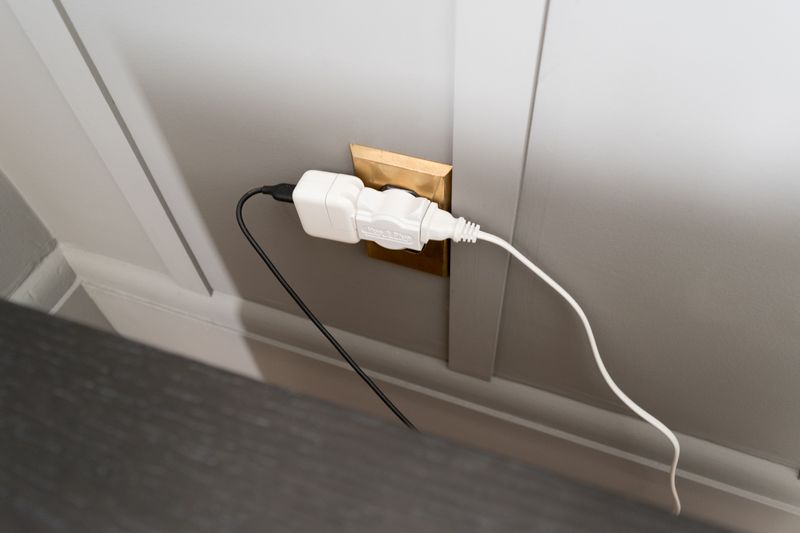
Power strips and extension cords snaking along baseboards or walls instantly downgrade dining room elegance. These utilitarian necessities, often added as afterthoughts for coffee urns or holiday lighting, create visual clutter and safety hazards.
Here’s a fun fact, did you know that the average household has over 20 electronic devices plugged in daily? That’s a lot of cords competing for attention!
Proper electrical planning includes strategically placed outlets that remain hidden behind furniture. For occasional needs, consider furniture with built-in power solutions or decorative boxes that conceal cords.
The thing is, your dining room should feel intentional and finished, not like a temporary setup for a garage sale.
20. Cabinet-Trapped Fine China
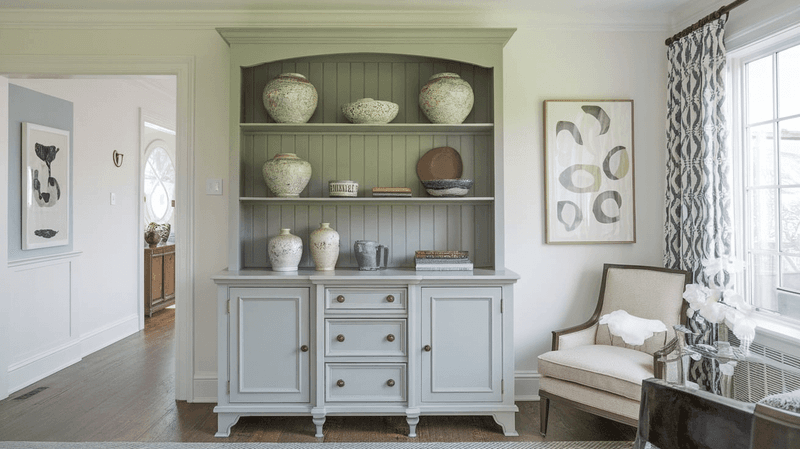
Glass-door prisons for your beautiful dishes? That’s a crime against good taste, and practicality! When your fine china sits locked away for decades, it’s less a treasure and more a dusty museum relic.
These special pieces deserve the spotlight. Rotate them into everyday use or showcase them creatively on open shelves or walls.
Modern dining favors accessibility over stuffy formality. After all, your grandmother’s china shines brightest when it’s on your table, not behind glass!

